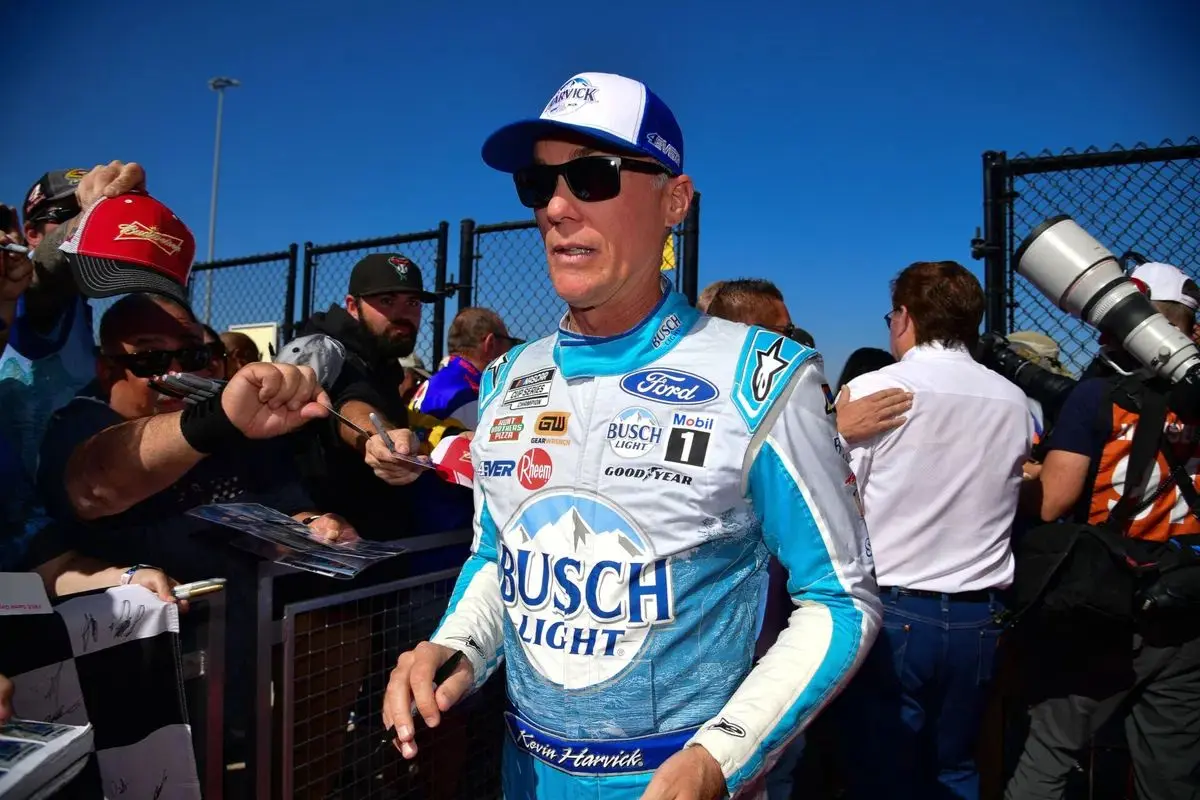The Magic Mile in Loudon, New Hampshire, carries a history and challenge unmatched in American racing. For more than three decades, New Hampshire Motor Speedway has tested drivers with a unique blend of precision and grit. Its flat corners and storied past create a backdrop for some of NASCAR’s most dramatic moments, cementing the track as a vital stop on the Cup Series schedule. The speedway’s evolution from a forgotten dirt oval to a premier racing destination is a story of vision, persistence, and racing passion.
Key Highlights
-
Opened in 1990 after Bob Bahre’s $25 million transformation of the former Bryar Motorsports Park.
-
Measures 1.058 miles with progressive banking of 2 to 7 degrees in the turns.
-
Hosted its first NASCAR Cup Series race in 1993, won by Rusty Wallace.
-
Known for demanding car setups, heavy braking, and limited passing opportunities.
-
Memorable victories include Joey Logano’s record as the youngest winner in 2009 and multiple triumphs by Kevin Harvick and Jeff Burton.
From Bryar to Bahre: Building a New Era
Before it became a modern NASCAR staple, the site began as Bryar Motorsports Park in the early 1960s, a quarter-mile dirt oval that steadily declined through the mid-1980s. Motorcycle events kept a small spark alive until 1989, when Bob Bahre purchased the property. With a bold investment of around $25 million, he reimagined the venue as New Hampshire Motor Speedway.
The new 1.058-mile oval debuted in 1990 with Busch Series races, signaling the start of a new era in New England motorsports. By 1993, NASCAR’s premier series had arrived, bringing national attention and elevating the track to a prominent place in the sport’s landscape.

The Challenge of “The Magic Mile”
New Hampshire Motor Speedway stands out among mile-long ovals thanks to its subtle banking—just 2 degrees at entry and exit, rising to 7 degrees in the center of each turn. Straightaways offer only 1 degree of banking, forcing drivers to manage braking and throttle with extreme care. The four long-radius turns and relatively flat surface create a rhythm that rewards precision over raw speed.
Safety upgrades in the early 2000s, including wider racing lines and SAFER barriers, reinforced the track’s commitment to competitive yet secure racing. The addition of a 1.6-mile road course further broadened the venue’s reach beyond NASCAR, hosting motorcycles and regional events while maintaining its signature oval as the centerpiece.
Iconic Races and Lasting Memories
From its inaugural Cup race in 1993—where Rusty Wallace powered through the field—to Jeff Gordon’s first New Hampshire win in 1995, the track quickly built a reputation for thrilling finishes. Joey Logano etched his name into history in 2009 by winning at just 19 years old, a record that underscored a shift toward rising talent in the sport.
Veterans like Kevin Harvick and Jeff Burton have since dominated the Magic Mile, proving that experience and patience often triumph on its demanding layout. The track’s inclusion in the NASCAR Playoffs adds further drama, where each lap can influence championship hopes and deliver unforgettable showdowns.

Drivers on the Edge of Precision
NHMS demands more than horsepower. Drivers consistently highlight its technical challenge, comparing it to a road course because of frequent shifting and precise braking zones. Tire wear is critical, and long green-flag runs can separate those who conserve from those who fade. Passing opportunities remain limited, pushing competitors to rely on strategy and timing.
Veterans such as Matt Kenseth and Tony Stewart have publicly praised the track for rewarding skill over aero advantage. Their words echo a common sentiment in the garage: conquering New Hampshire requires a rare mix of mental focus and mechanical harmony.

News in Brief: New Hampshire Motor Speedway’s Legacy Defines “The Magic Mile”
New Hampshire Motor Speedway, a 1.058-mile oval in Loudon, stands as one of NASCAR’s most technical and historic venues. Originating as Bryar Motorsports Park, it was transformed in 1990 by Bob Bahre with a $25 million overhaul. The track’s flat banking, precise braking zones, and limited passing create races known for strategy and skill. Iconic moments include Rusty Wallace’s 1993 Cup win, Joey Logano’s record-setting 2009 victory, and Kevin Harvick’s repeated triumphs. Fans and drivers alike regard it as a demanding classic.
ALSO READ: Previous 5 Cup Series Winners at New Hampshire Motor Speedway
